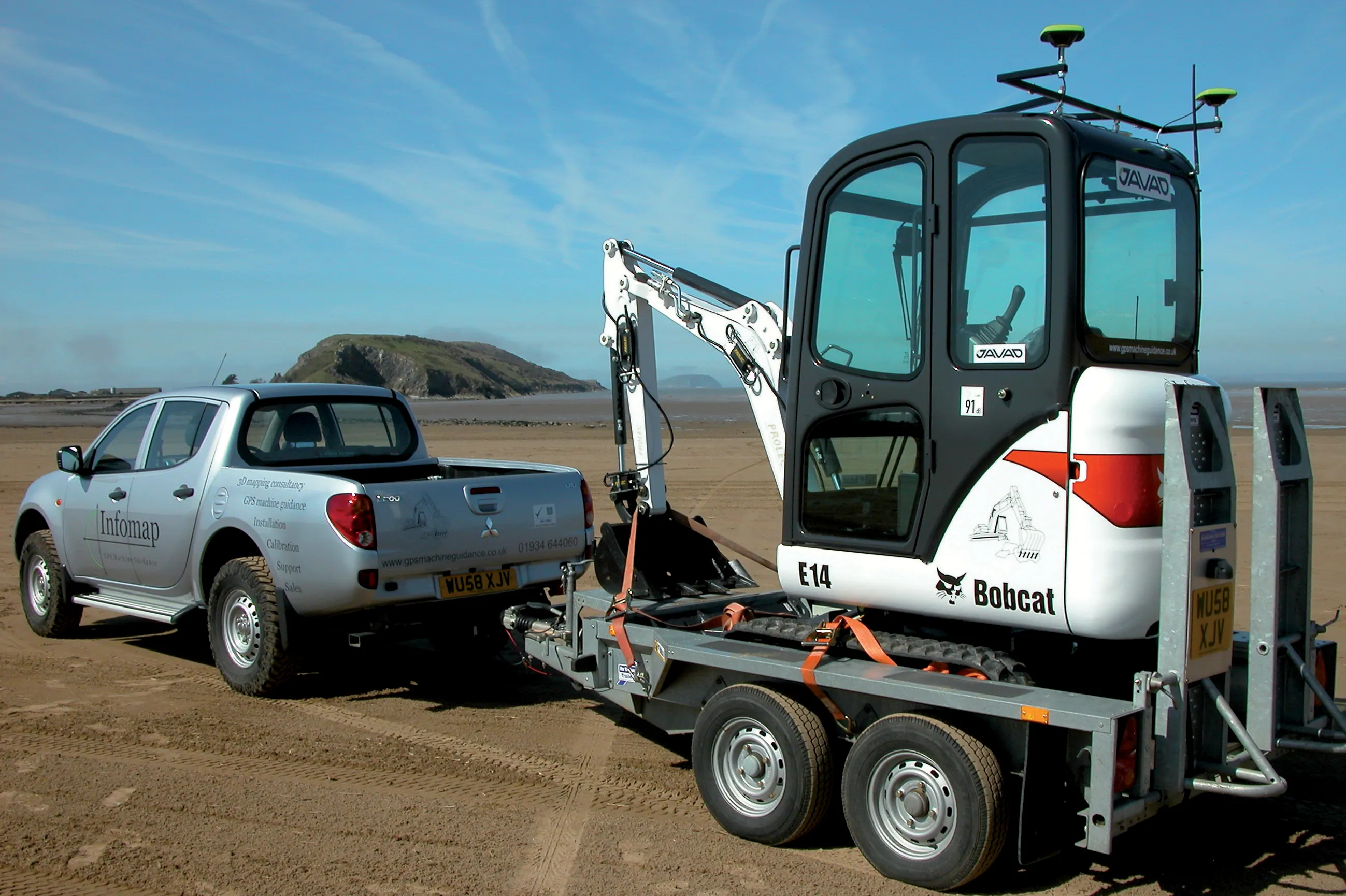Trimble has formed a strategic alliance with Bentley Systems (Bentley). The alliance between Trimble, a leading provider of connected construction solutions for building, heavy, and civil contractors, and Bentley, a major company in the provision of complete software solutions for sustaining infrastructure, aims to create a new benchmark for construction and operations quality, efficiency and safety. According to Bentley, its strategic alliance with Trimble will create a “seamless exchange of information” b
November 6, 2012
Read time: 3 mins
Trimble has formed a strategic alliance with 4019 Bentley Systems (Bentley).
The alliance between2122 Trimble, a leading provider of connected construction solutions for building, heavy, and civil contractors, and Bentley, a major company in the provision of complete software solutions for sustaining infrastructure, aims to create a new benchmark for construction and operations quality, efficiency and safety.
According to Bentley, its strategic alliance with Trimble will create a “seamless exchange of information” between virtual and onsite elements of large infrastructure projects by utilising Trimble’s field positioning technologies, such as robotic total stations, 3D laser scanners, and global navigation satellite system (GNSS) positioning solutions, and Bentley’s information modeling software – with its work sharing and dynamic feedback securely managed in ProjectWise.
Bentley chief executive Greg Bentley said: “In working with Trimble, whose leading-edge technologies many of our major project delivery user organisations already rely upon, we together realised there’s a combination of our offerings that can uniquely provide benefits to construction processes that neither could independently.”
Speaking during Trimble Dimensions 2012 in Las Vegas, Trimble president and chief executive Steve Berglund said the strategic alliance with Bentley would better serve engineers and contractors by “creating an entire alignment between the [constructible] model and what goes on in the field”.
Also during his speech on the first day of the three-day Dimensions show, Berglund highlighted Trimble’s 73 acquisitions and joint ventures in the last 10 years. “It has not been to grow bigger, but really to fill in the gaps of technology, domain and, if necessary, product - with the last five years really being heavily focused on airing software capabilities. What we don’t have we go get to fill in a need for the user.”
Berglund said he expected Trimble, which has 6,400 employees and now operates in 33 countries worldwide, to achieve around US$2 billion turnover in 2012. He added: “Since 1999 as a company we have grown at 17% a year roughly which, with a few really rocky years thrown in there, is a pretty significant growth rate.”
Stressing the importance of Trimble’s Sitech dealerships, Berglund said: “Sitech is an expression of our need to go to market in a new creative fashion. It is one brand worldwide. This is going to be a key element for us. It’s not just coming up with the technology, not just coming up with project solutions, but also coming up with creative and effective mechanisms for getting to market.”
Berglund said the five major forces at work influencing construction industry working practices were sensor development; the proliferation of digital data; improved software intelligence; enhanced connectivity; and visualisation through 3D construction modelling.
On the importance of BIM (Building Information Modelling), he added: “It’s something we have invested a great deal of money on in in the last two years. We have invested aggressively and will continue to do so.”
The alliance between
According to Bentley, its strategic alliance with Trimble will create a “seamless exchange of information” between virtual and onsite elements of large infrastructure projects by utilising Trimble’s field positioning technologies, such as robotic total stations, 3D laser scanners, and global navigation satellite system (GNSS) positioning solutions, and Bentley’s information modeling software – with its work sharing and dynamic feedback securely managed in ProjectWise.
Bentley chief executive Greg Bentley said: “In working with Trimble, whose leading-edge technologies many of our major project delivery user organisations already rely upon, we together realised there’s a combination of our offerings that can uniquely provide benefits to construction processes that neither could independently.”
Speaking during Trimble Dimensions 2012 in Las Vegas, Trimble president and chief executive Steve Berglund said the strategic alliance with Bentley would better serve engineers and contractors by “creating an entire alignment between the [constructible] model and what goes on in the field”.
Also during his speech on the first day of the three-day Dimensions show, Berglund highlighted Trimble’s 73 acquisitions and joint ventures in the last 10 years. “It has not been to grow bigger, but really to fill in the gaps of technology, domain and, if necessary, product - with the last five years really being heavily focused on airing software capabilities. What we don’t have we go get to fill in a need for the user.”
Berglund said he expected Trimble, which has 6,400 employees and now operates in 33 countries worldwide, to achieve around US$2 billion turnover in 2012. He added: “Since 1999 as a company we have grown at 17% a year roughly which, with a few really rocky years thrown in there, is a pretty significant growth rate.”
Stressing the importance of Trimble’s Sitech dealerships, Berglund said: “Sitech is an expression of our need to go to market in a new creative fashion. It is one brand worldwide. This is going to be a key element for us. It’s not just coming up with the technology, not just coming up with project solutions, but also coming up with creative and effective mechanisms for getting to market.”
Berglund said the five major forces at work influencing construction industry working practices were sensor development; the proliferation of digital data; improved software intelligence; enhanced connectivity; and visualisation through 3D construction modelling.
On the importance of BIM (Building Information Modelling), he added: “It’s something we have invested a great deal of money on in in the last two years. We have invested aggressively and will continue to do so.”








